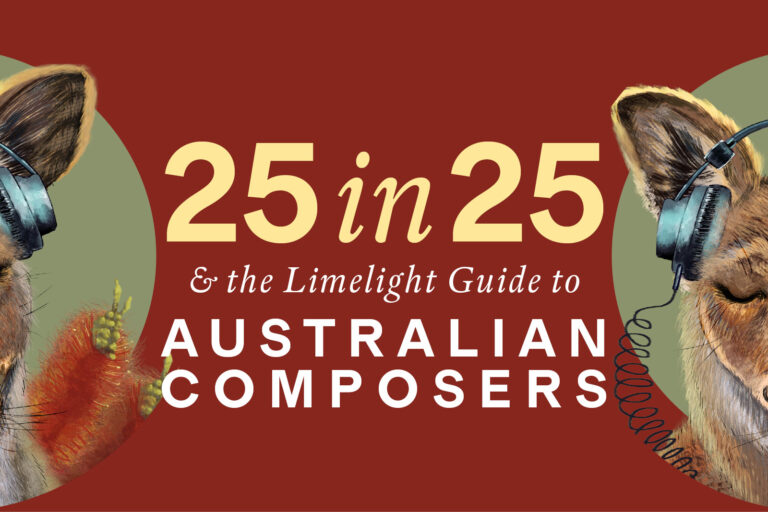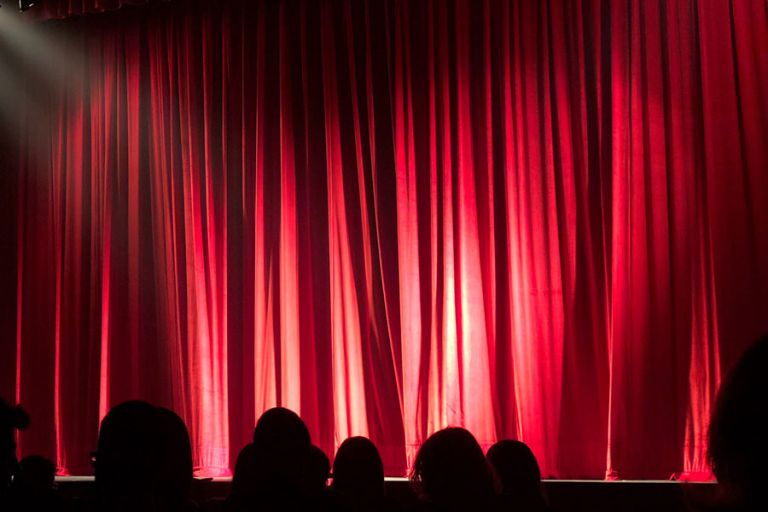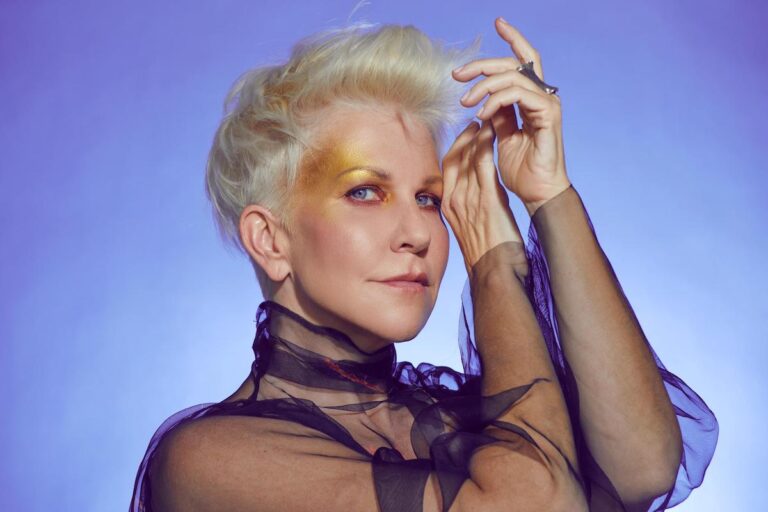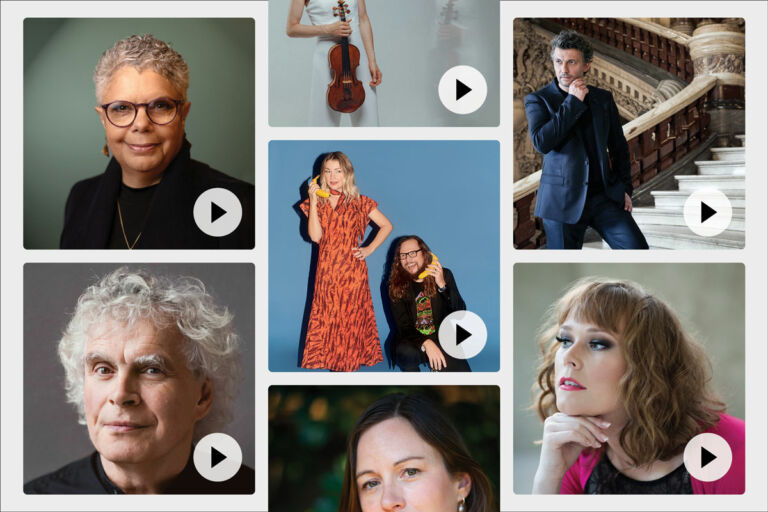There are cultural landmarks in history so impactful that it is almost impossible to imagine a world without them – watershed moments that forever altered the trajectory of music.
Bach’s St Matthew Passion is one; Beethoven’s Eroica is another. So, too, is the premiere of Igor Stravinsky’s The Rite of Spring.
You probably know the story, or at least the legend. The Ballet Russes commissioned Stravinsky to write a ballet for their new season, and when it premiered at Paris’s Théâtre des Champs-Élysées on 29 May 1913, it caused a riot.
Accounts vary wildly and could almost be dismissed as the fanciful imaginings of noted self-promotors, were it not for the fact that, over 100 years later, The Rite still has the capacity to shock, thrill, confound and utterly captivate.

Vasily Petrenko. Photo © Svetlana Tarlova
Vasily Petrenko knows better than most the power of The Rite. The celebrated conductor – currently music director of the Royal Philharmonic Orchestra after fifteen storied years as principal conductor of the Royal Liverpool Philharmonic Orchestra – has been conducting The Rite for years, including on a recording that Warwick Arnold, in these very pages, praised as “the most memorable account… I’ve heard in years”.
Sydney will get a chance to hear his interpretation of the work in November, when Petrenko leads the Sydney Symphony Orchestra in four performances which also feature the world premiere of Nineteen Seventy Three by young Australian composer Elizabeth Younan and German cellist Johannes Moser as soloist in Saint-Saëns’ Cello Concerto No. 1.
These are the final classical concerts in the Orchestra’s 2024 Season, and a scintillating way to end a tremendous year of music-making.

“The piece is a real milestone,” says Petrenko via Zoom from his London home. “The Rite of Spring influenced so many composers. What we now know as ‘contemporary music’ has its roots in Stravinsky and Schoenberg: Stravinsky mainly in terms of rhythm and rhythmic changes, and Schoenberg in terms of dodecaphonic and atonality.”
Despite its significant role in ushering in all the wildness and unpredictability of 20th century music, Petrenko argues The Rite is among the most accessible and engaging pieces of music ever written – even for a modern audience with shortened attention spans – precisely because it has so many shifts and changes.
“For the audience, it also makes an incredible impression most of the time,” he explains.
“I’ve had this experience with members of the audience who come to me after the concert, some who are listening to their first ever classical concert, and it happened to be the Rite of Spring. And they were completely gobsmacked by that piece. I asked them, ‘Will you come to a classical concert again?’ And they were saying, ‘yes, but first I need to digest what I’ve heard right now’.”
“We live in a very modern world, and the world is full of information. So the music which can be easily accessed by [modern listeners] should be very, very intense, but for a short period of time – and The Rite of Spring is great, because the patterns are changing relatively quickly. There is very few slow movements or long movements. So that might be easier than you’re switching to the slow movements of some Haydn or Mozart symphony without being prepared for it. It might be, in a way, easier to understand for modern people.”
“It’s the eternal question: can you come to a classical concert without any background? I would say you can’t have no background, because you have heard classical music anyway. You cannot escape it. It’s on advertisements, on mobile phone, ringtones, everywhere. Even from the cradle, because most of toys to put you sleep as a baby, they still have a classical music.”
Then, of course, there is the physical experience of these Sydney Symphony concerts: visiting one of the modern wonders of the world, taking your seat in the extraordinary Sydney Opera House Concert Hall, and giving yourself over to a world-class orchestra led by a major international conductor.
“You can come with an open mind,” says Petrenko with a smile. “And you will share emotions with everybody in the hall. If you want to understand [the music] on a deeper level then, yes, can read something about the piece, can read the story, you can listen to other versions [to become familiar with the piece]. But it won’t diminish you from enjoyment and excitement at the very first time when you just listen to the piece.”
“I encourage people to learn more, but you can come and listen to this concert even if you don’t know who Stravinsky is.”
Of course, for any work of art to survive for over a century, there must be myriad reasons. Petrenko is only too happy to offer up several others, from the historical to the instrumental.
“Rite of Spring is about the rebirth of nature, but it is also a rebirth of humanity. We must remember that it was written just before the First World War, and that all genres of art were trying to find an escape from the dark cloud which was around Europe and across the world. Stravinsky also was trying to find the new ways and new hope and new help for society.”
“I don’t want too much to make the parallels with the nowadays, but we live in a very turbulent time as well.”
He also reveals that it is always a favourite among musicians. “Every single instrument – and there’s over 100 of them in the orchestra – has its moment. Most notably, of course, woodwinds, starting from bassoon in the beginning. Trumpets. There are also those tubas, who have a very special role. There’s even contrabassoon solo. There’s a lot of piccolo solo, alto flute. So every instrument have a moment to shine and to show off.”
“But, you know, wherever and whenever I was playing it, with any orchestra, it’s an incredible joy to perform the piece. It has so much energy.”
Vasily Petrenko conducts The Rite of Spring with the Sydney Symphony Orchestra at the Sydney Opera House, 27–30 November 2024.













Comments
Log in to join the conversation.